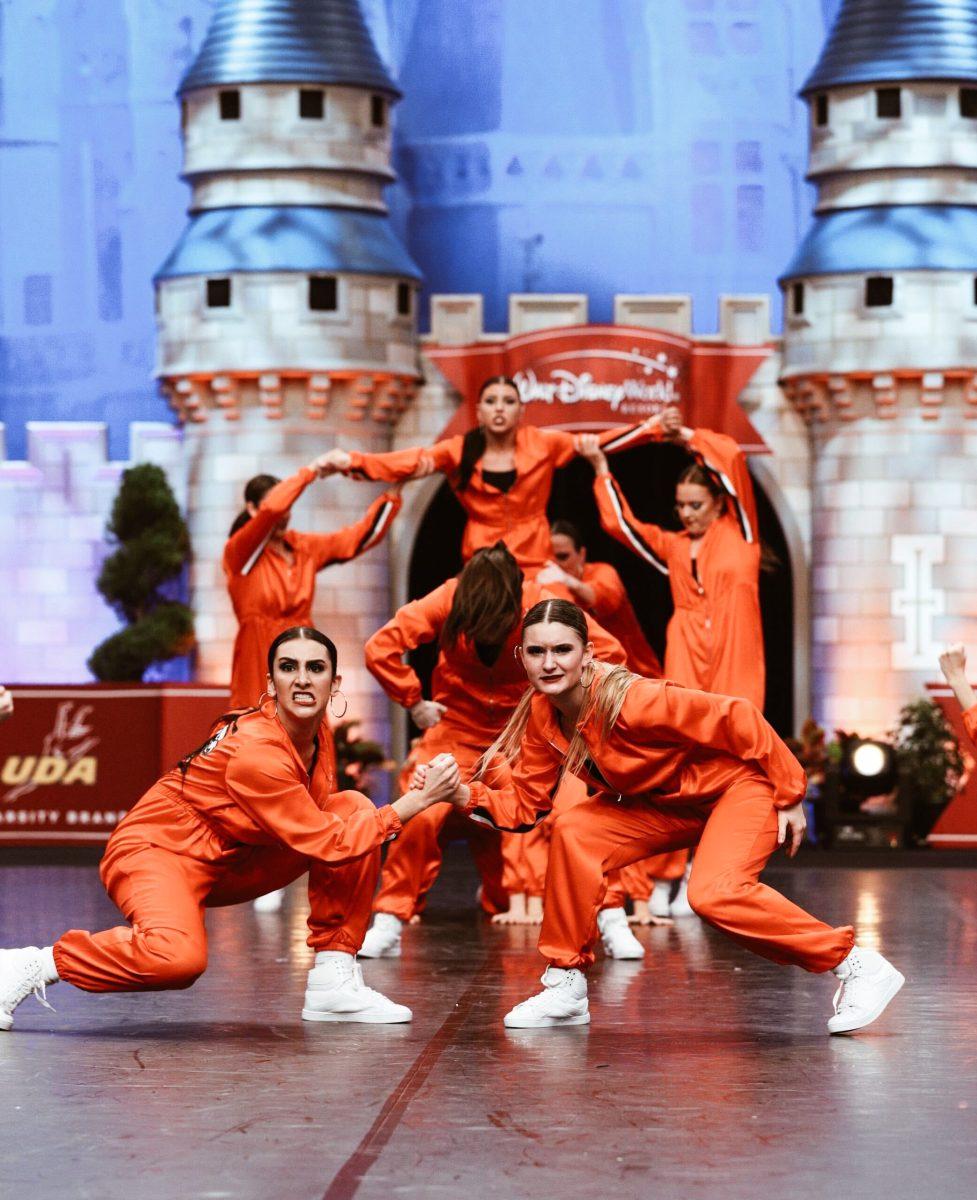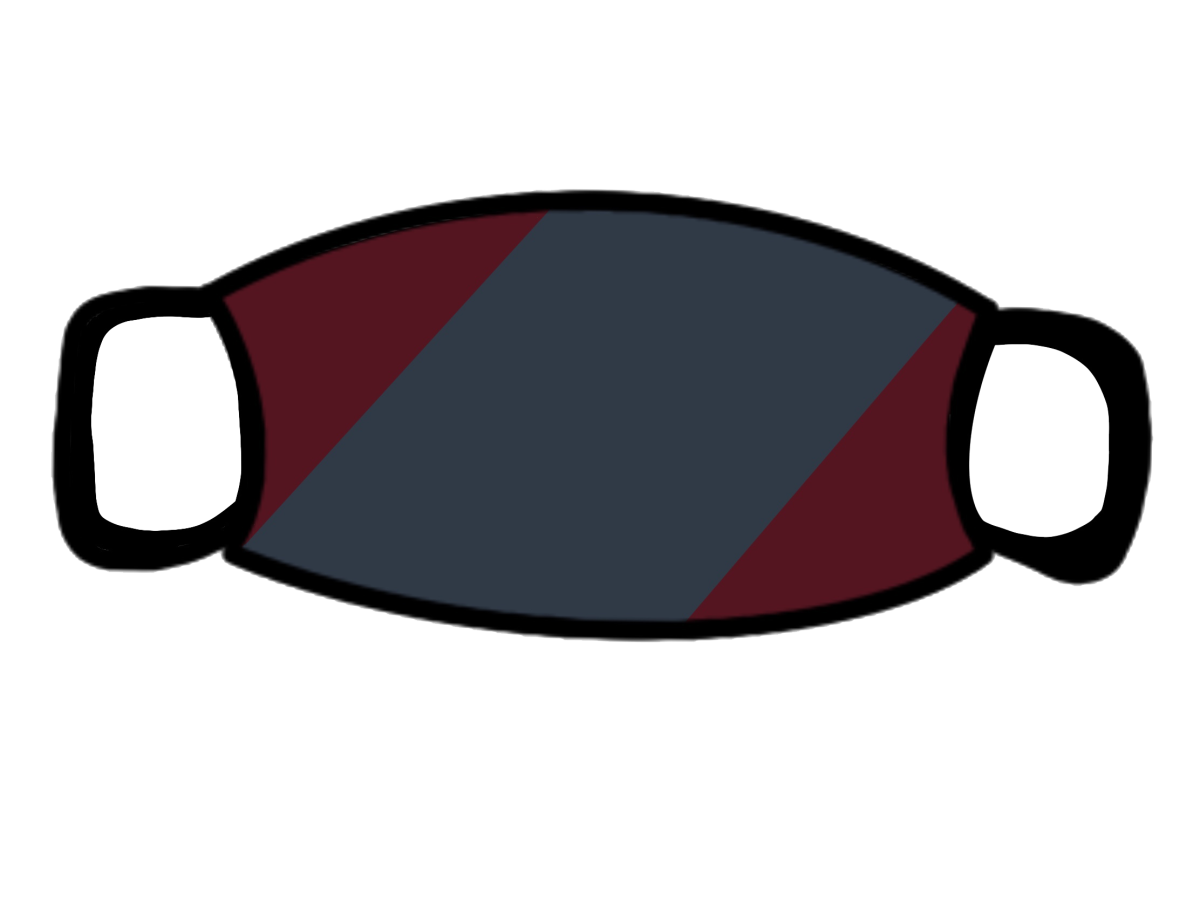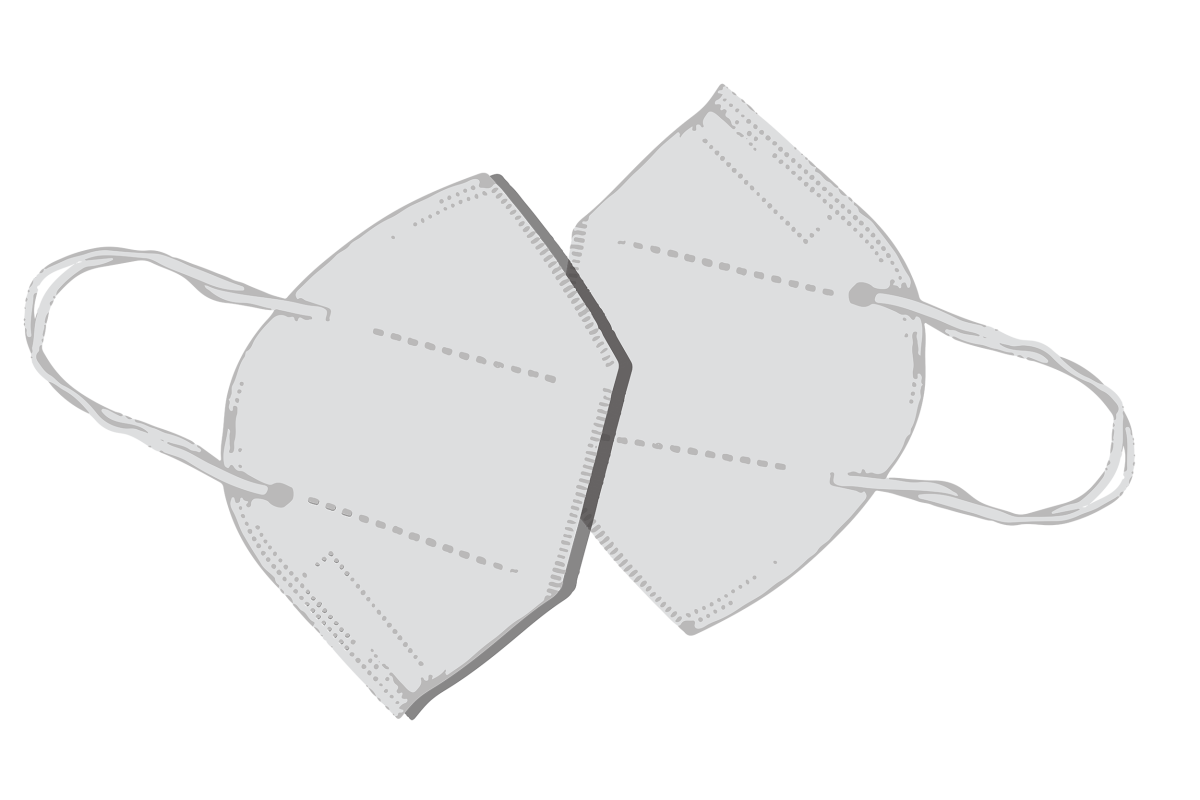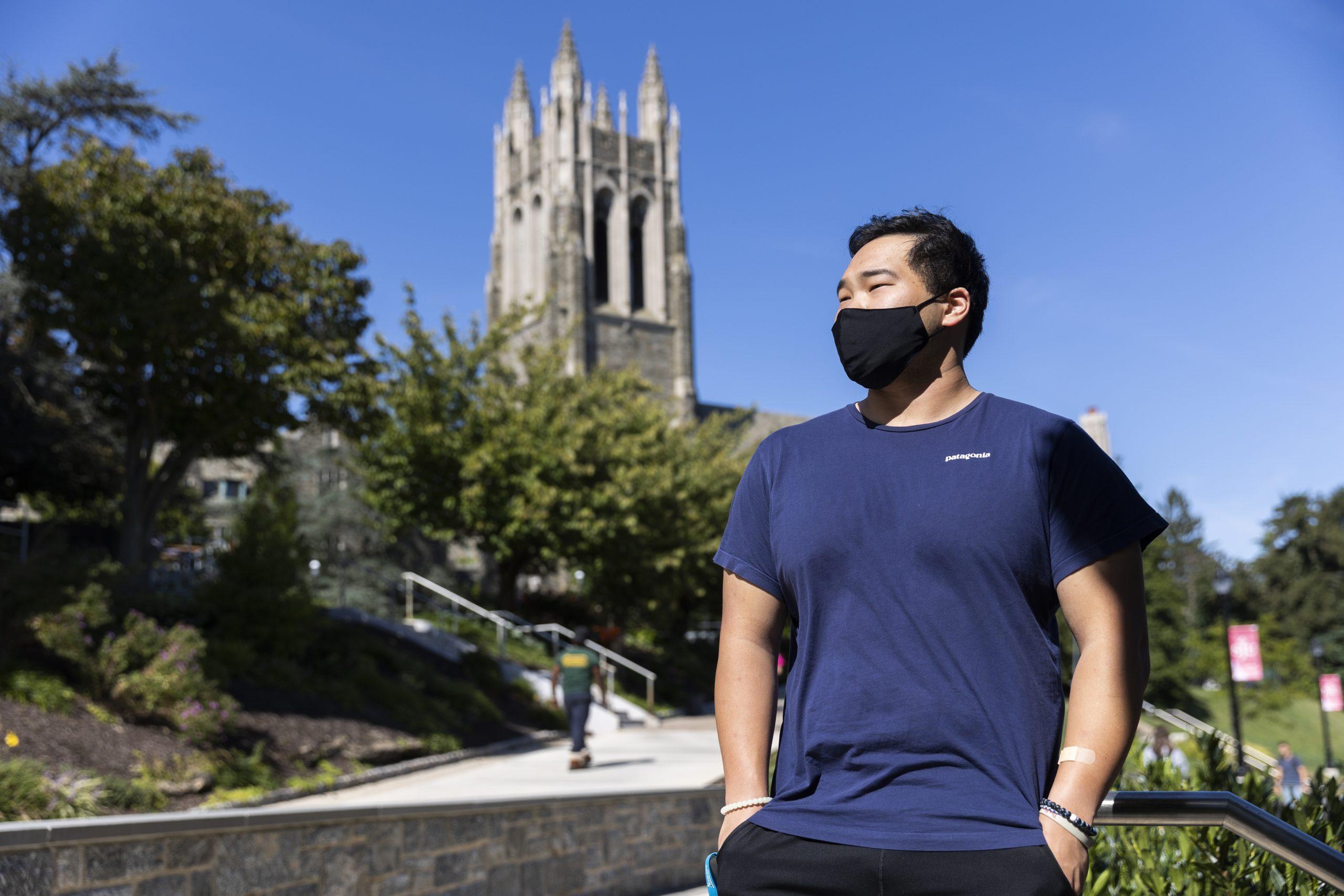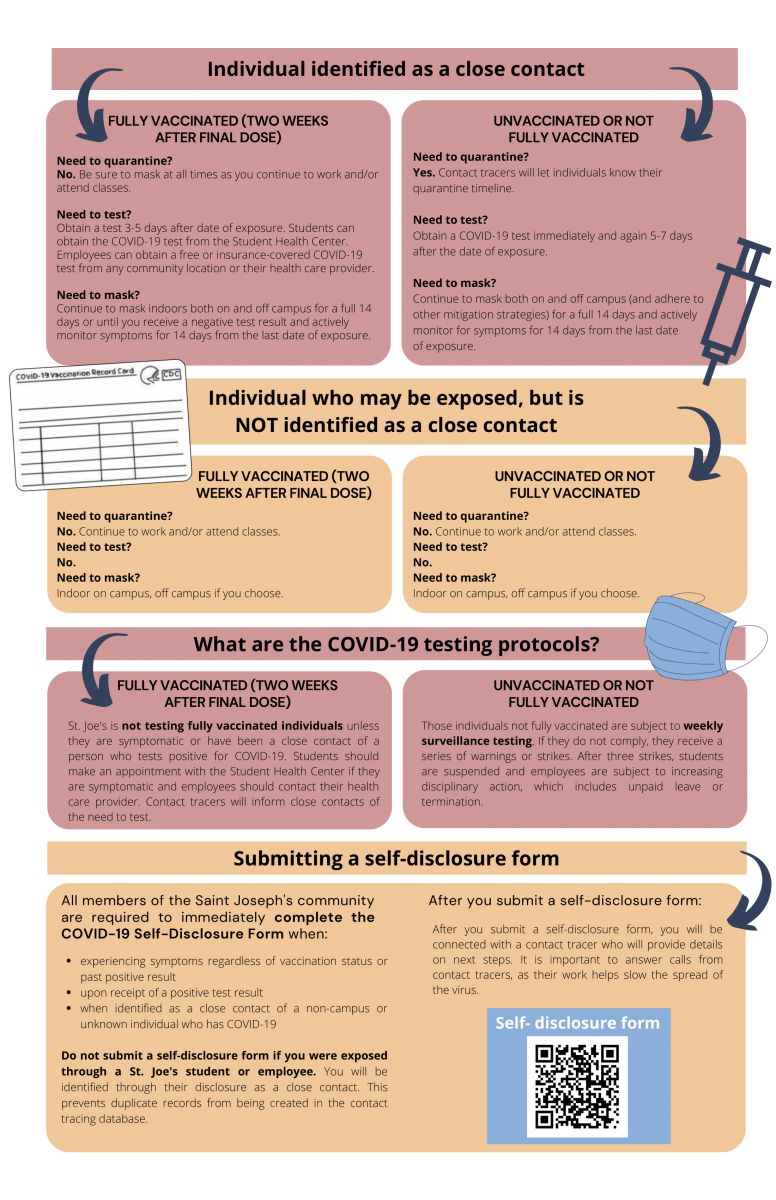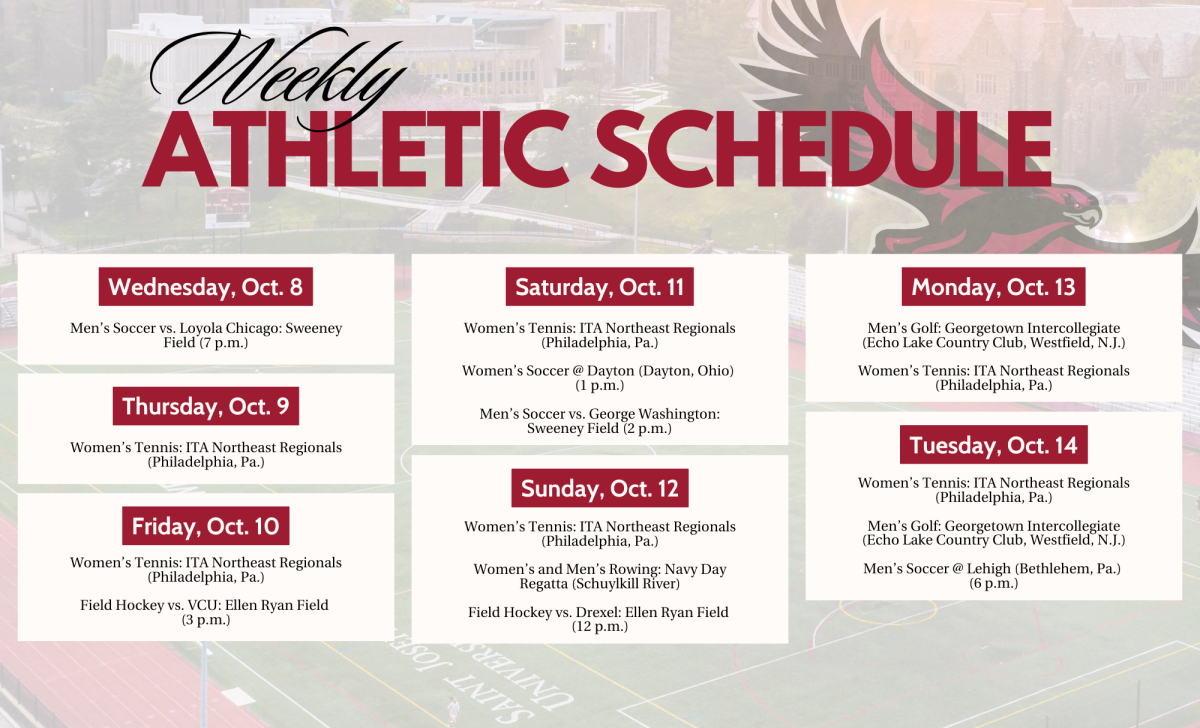Members of the St. Joe’s nationally ranked dance team have been waiting for months to dance together again.
While it has been a long awaited return as the last time they danced together was a March 7 halftime show during a basketball game, senior captain Krystina Vafiadis said the opportunity to be back with her teammates is gratifying.
“Being together as a team is honestly such a good feeling,” Vafiadis said. “I know a lot of schools’ dance seasons were canceled. I’m grateful St. Joe’s has allowed all of the athletic teams to continue to participate within [COVID-19] guidelines.”
The team currently awaits a full return to practice, which hinges on each member receiving a physical and concussion test, mandated by SJU Athletics for each team member before they can make the return to practice. While this is a normal process for all student-athletes on campus, it has hindered the team’s opportunities to practice as much as they’d like.
According to Coach Rachel Reese ’15, the team has only had one practice session this semester.
“Of course the one night we went to practice it started pouring down rain, but none of our athletes wanted to leave,” Reese said.
While the team’s practice sessions are now paused as they await the physical and concussion clearances, many members have taken it upon themselves to work out individually, according to junior captain Lauren Dellbrugge.
“With everything going on we’ve gained more motivation,” Dellbrugge said. “We need to be more self-accountable, and so we’ve all used that motivation to be in shape and more fit.”
Under normal circumstances the team would practice in O’Pake Recreation Center. Now, they’re outdoors on Sweeney Field. Vafiadis said practicing outside posed new challenges for the team.
“It’s been difficult practicing on a field without any mirrors or markers because as dancers we’re so used to looking at our bodies in a mirror,” Vafiadis said.
Dellbrugge said that because dancers can spread out so much on Sweeney Field, the team of 19 athletes has not been limited to “pods” like many other athletic teams, but are still required to make some changes.
“We’re split up into groups of nine and 10,” Dellbrugge said. “For a nationally ranked team like us, we focus mainly on precision and cleanliness and we can’t do that [when we are split up].”
Dellbrugge said that coordination among every team member is key for successful dance numbers, and that having to branch off into two separate groups created some difficulties with instilling new routines.
“We are a dance team, so we can’t practice like most sports do where each position goes off and does different drills,” Dellbrugge said. “We like to all dance together and that needs to be our full team of 19. It’s been really difficult.”
Unlike most other athletic teams on campus, the dance team was allowed to include their new recruits within their initial practice, according to Vafiadis. A major goal for the team was to help the first-year students acclimate to campus as best they could.
“We have a majority of veterans and then seven freshmen,” Vafiadis said. “We know it’s hard for everybody, but we’re trying to include the freshmen as much as possible, always reaching out asking if they need any help.”
Despite these new challenges, Reese highlighted her dancers’ gracefulness as well as their eagerness to start preparing for potential competitions.
“These are girls and guys that really take this sport seriously,” Reese said. “They truly dedicate 200% of themselves to it. But they’ve handled it like champs and we’re just remaining hopeful.”














































